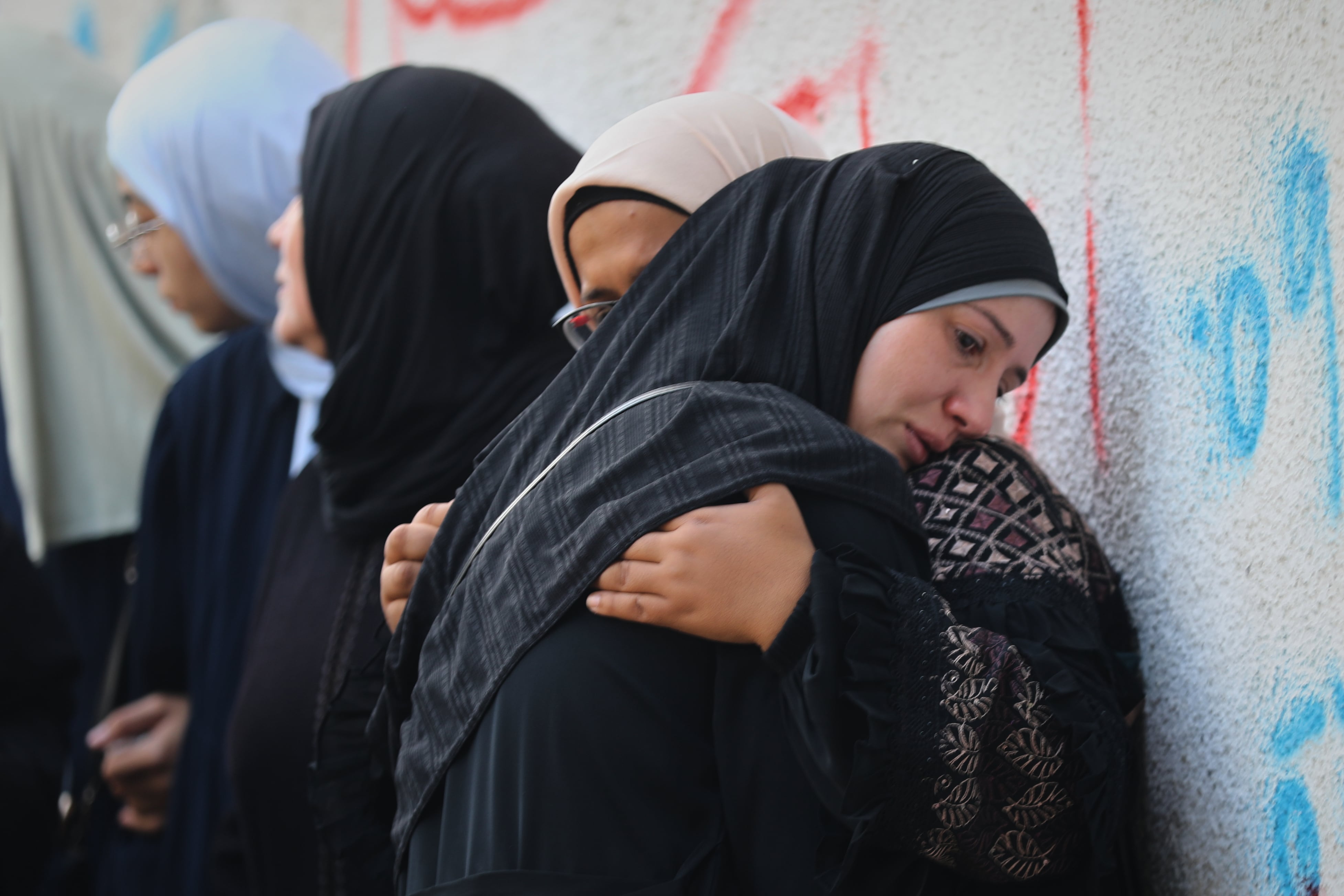Fearing an Israeli onslaught could come soon, some Palestinian families began leaving eastern areas of Gaza City on Monday for points to the west and south in the shattered territory. The city is now under constant Israeli bombardment.
Israel’s plan to seize control of Gaza City has stirred alarm abroad and at home, where tens of thousands of Israelis held some of the largest protests seen since the war began, urging a deal to end the fighting and free the remaining 50 hostages held by Palestinian militants in the Gaza Strip since October 7th, 2023.
The planned offensive spurred Egyptian and Qatari ceasefire mediators to step up efforts to forge a deal between Israel and Hamas militants in Gaza, and a Hamas official said on Monday the group had approved the latest ceasefire proposal.
The official did not provide further details, and it was not immediately clear what Hamas had accepted. Hamas has responded positively in the past while proposing amendments unacceptable to Israel.
READ MORE
Israeli prime minister Binyamin Netanyahu has described Gaza City as Hamas’s last big urban bastion. But, with Israel already holding 75 per cent of the strip, the military has warned that expanding the offensive could endanger hostages who are still alive and draw troops into protracted and deadly guerrilla warfare.
In Gaza City, many Palestinians have also been calling for protests to demand an end to a war that has resulted in the demolition of much of the territory and wrought a humanitarian disaster, and for Hamas to intensify talks to avert the Israeli ground offensive.
An Israeli armoured incursion into Gaza City could see the displacement of hundreds of thousands of people, many of whom have been uprooted multiple times earlier in the war.
Ahmed Mheisen, Palestinian shelter manager in Beit Lahiya, a war-devastated suburb abutting eastern Gaza City, said 995 families had departed the area in recent days for the south.
With the Israeli offensive looming, Mr Mheisen put the number of tents needed for emergency shelter at 1.5 million, saying Israel had allowed only 120,000 tents into the territory during a January-March ceasefire.
The UN humanitarian office said last week 1.35 million people were already in need of emergency shelter items in Gaza.
A protest is scheduled for Thursday in Gaza City by different unions, and people took to social media platforms vowing to participate, which will raise pressure on Hamas.
The last round of indirect ceasefire talks ended in late July in deadlock, with the sides trading blame for the talks’ collapse.
Israel says it will agree to cease hostilities if all the hostages are released and Hamas lays down its arms – the latter demand publicly rejected by the Islamist group until a Palestinian state is established.
A Hamas official on Monday said the group rejects Israeli demands to disarm or expel its leaders from Gaza.
Sharp differences also appear to remain over the extent of an Israeli withdrawal from Gaza and how humanitarian aid will be delivered around the enclave, where malnutrition is rife. Aid groups are warning of unfolding famine.
The war began when Hamas-led militants stormed across the border into southern Israel, killing 1,200 people and taking 251 hostages back to the coastal enclave, according to Israeli tallies.
More than 61,000 Palestinians have since been killed in Israel’s ensuing air and ground war in Gaza, according to local health officials, who do not distinguish between fighters and non-combatants.
Five more Palestinians have died of malnutrition and starvation in the past 24 hours, the Gaza health ministry said on Monday, raising the number of people who died of those causes to 263, including 112 children, since the war started.
Israel disputed the figures provided by the health ministry in the Hamas-run territory. – Reuters












